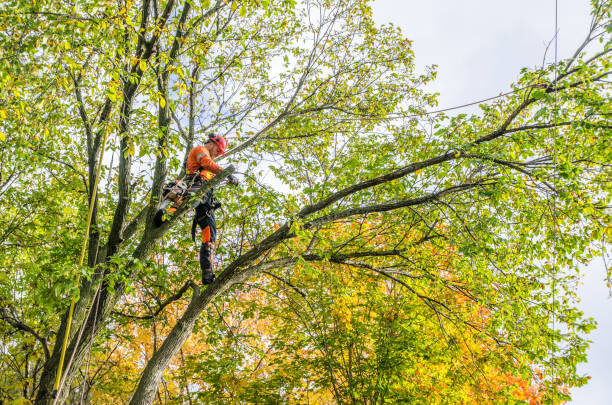Pruning is a vital part of maintaining healthy, beautiful trees, but timing matters. Knowing the best time to prune trees can help prevent disease, encourage strong growth, and improve the overall structure of your landscape. Whether you’re a homeowner looking for tree trimming near me or considering a professional tree pruning service, it’s important to understand how seasonal tree trimming varies depending on the type of tree and your goals.
At Homer Tree Care, we help homeowners across Illinois keep their trees healthy all year long. Here’s a guide to help you determine the ideal pruning schedule by tree type, especially for species native to our region.
Spring Pruning: A Good Time for Structure
Early spring, before buds break dormancy, is often ideal for structural pruning. This allows trees to heal quickly and direct energy toward new, vigorous growth.
Best candidates for early spring pruning include:
- Oak trees (Quercus spp.) – Native oaks benefit from late winter or very early spring pruning, before sap starts to flow and before oak wilt pathogens become active. Pruning after mid-April increases the risk of oak wilt infection in Illinois.
- Maple trees (Acer spp.) – While maples may “bleed” sap if pruned too early in spring, this is mostly a cosmetic issue. Late winter to early spring is fine, but summer pruning can also work if needed.
- Hackberry (Celtis occidentalis) – This native, hardy tree responds well to pruning in late winter before bud break.
- Honey locust (Gleditsia triacanthos) – Prune in early spring to remove deadwood and manage structure.
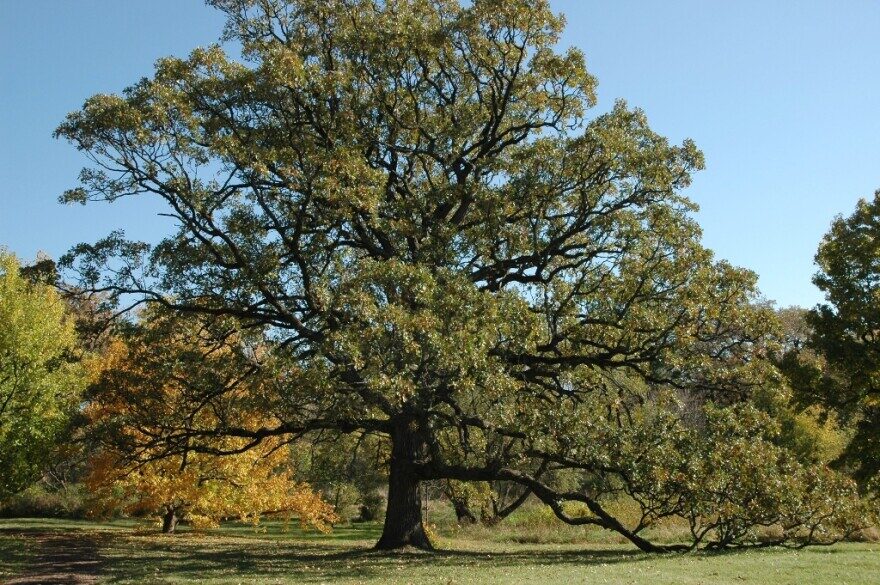
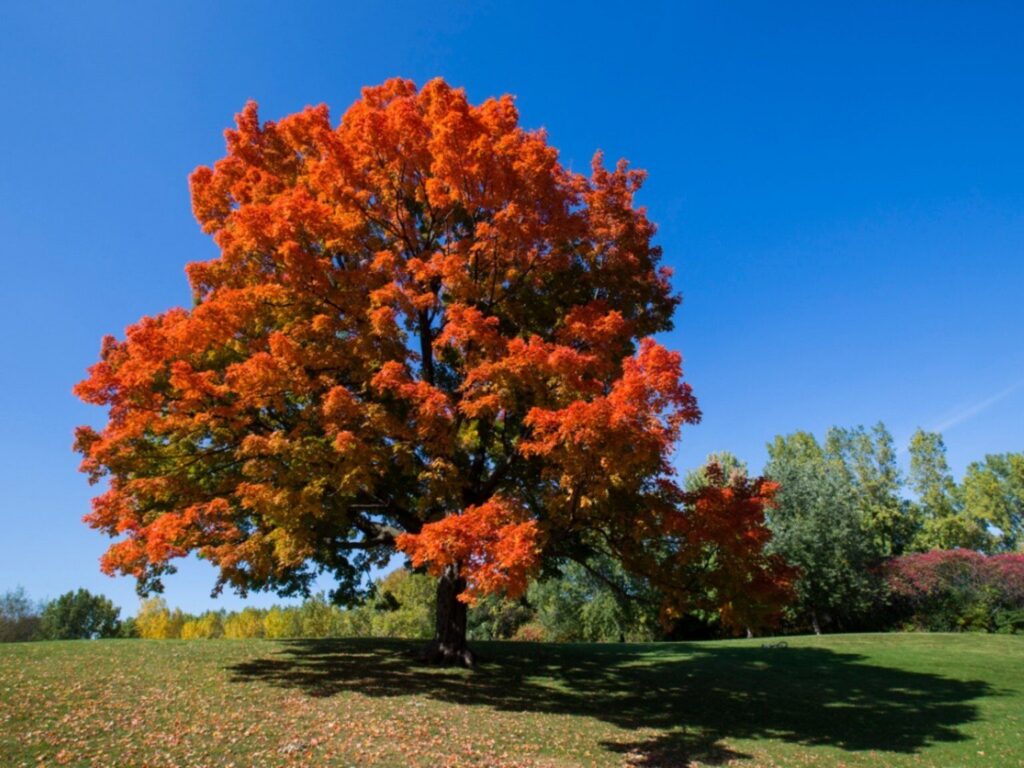
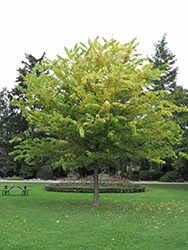
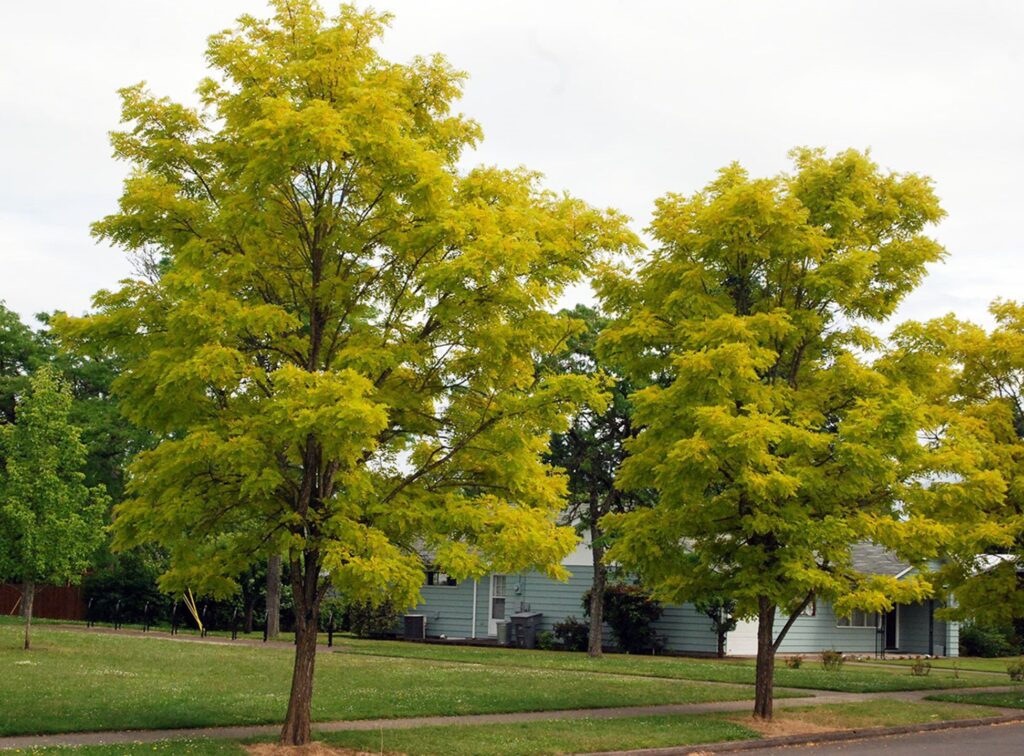
Avoid pruning these in spring:
- Birch trees (Betula spp.) – Like maples, they can lose excessive sap. Wait until early summer.
- Walnut trees (Juglans spp.) – Spring pruning can lead to sap loss; summer is better for shaping.
Summer Pruning: Ideal for Managing Growth and Risk
Summer pruning, done after a tree’s spring growth flush, is great for managing size, removing deadwood, and reducing risk in mature trees. It’s also a smart way to improve air circulation and light penetration.
Best candidates for summer pruning include:
- Redbud (Cercis canadensis) – Native to Illinois, redbuds bloom in early spring. Wait until after flowering to prune for shape or size control.
- Serviceberry (Amelanchier spp.) – Another flowering native, best pruned after its spring bloom.
- Elms (Ulmus spp.) – Avoid pruning between mid-April and mid-October to reduce risk of Dutch elm disease. For disease prevention, prune only in dormancy.
- Pines and Spruces (Pinus and Picea spp.) – These should be pruned in late spring to early summer to manage new growth, called “candles.”
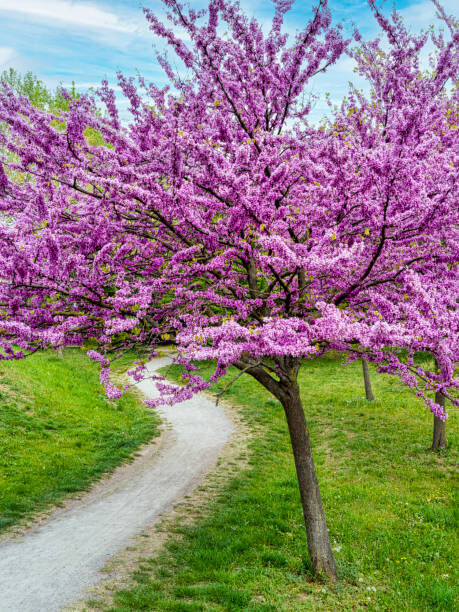

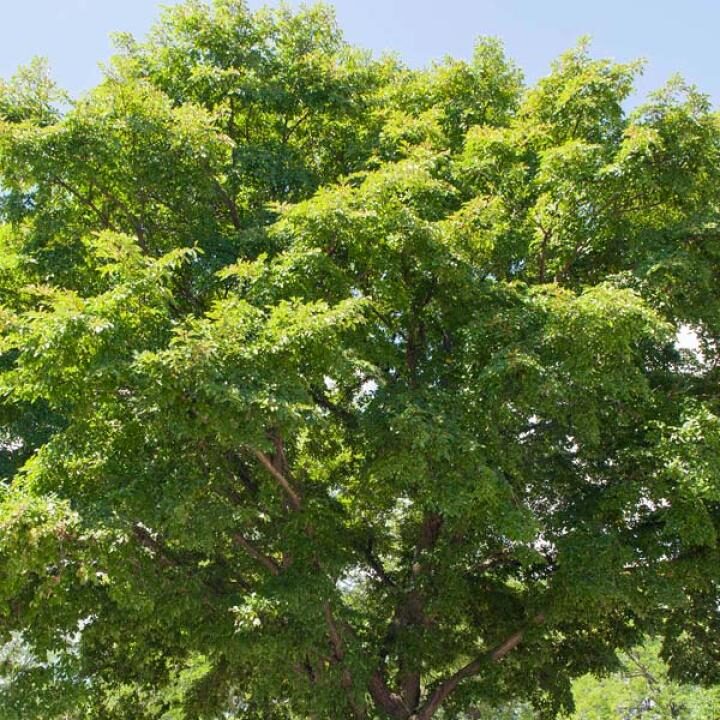
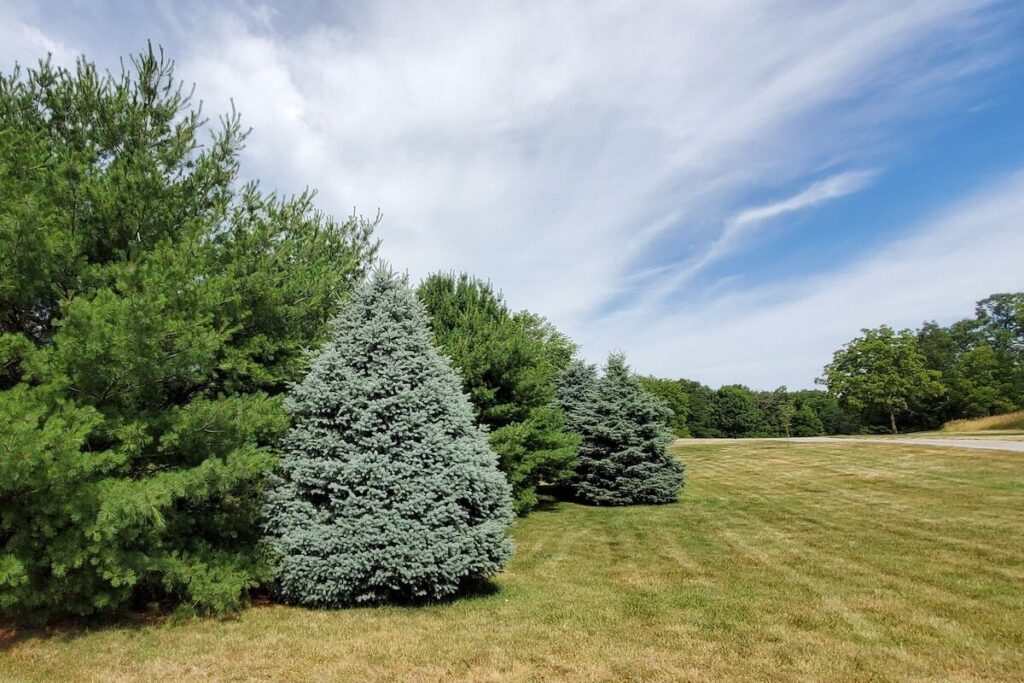
Pro tip: Summer is also a great time to identify problem branches that may not have leafed out or are showing signs of stress.
When Not to Prune
Avoid pruning trees during periods of extreme heat or drought stress, which can slow the healing process. Also avoid heavy pruning during fall; pruning stimulates new growth, which can be damaged by early frost.
Trust the Experts for Proper Pruning
Every tree species has its own ideal timing and pruning approach. Getting it wrong can open your tree to disease, pest infestations, or long-term structural problems. That’s where professional tree cutting services come in.
At Homer Tree Care, our certified arborists develop custom pruning plans based on tree species, size, and seasonal conditions. Whether you need a one-time trim or ongoing seasonal tree trimming, we’re here to help protect your investment in your landscape.
We proudly serve homeowners across Chicagoland and northern Illinois. If you’re searching for expert tree trimming near me, look no further!
Need help determining the best time to prune your trees? Contact Homer Tree Care today for a free consultation and let our arborists keep your trees strong, healthy, and beautiful year-round.

